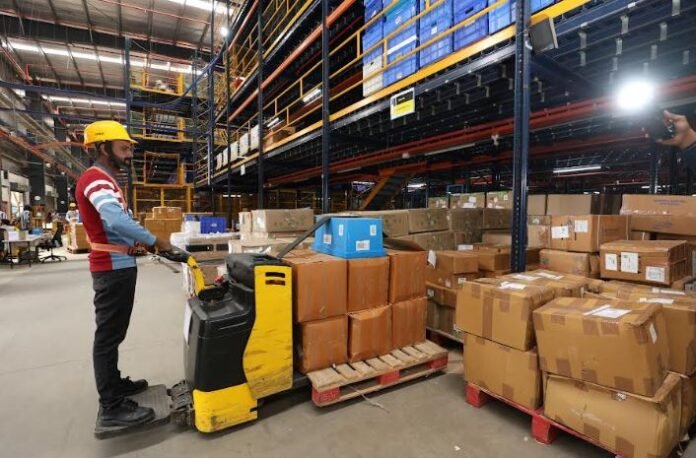Delhi NCR, India | 30th August 2025: India’s retail sector is witnessing a powerful transformation. Driven by rising incomes, urbanisation, and a young, aspirational consumer base, the market is rapidly evolving beyond malls and mega-format stores. The real disruption is happening in micro-communities—densely populated neighbourhoods where people live, work, and socialise.
These clusters are fueling the growth of high-street retail in India, where convenience, walkability, and a hyperlocal identity outweigh the appeal of scale and spectacle.
India’s Retail Growth Momentum in 2025
According to a report by Cushman & Wakefield, India’s retail sector started 2025 with record leasing activity of 2.4 million sq. ft. in Q1—up 55% year-on-year. Interestingly, high-street retail accounted for two-thirds of this demand, signalling a clear strategic shift. Retailers are focusing on localised, high-footfall formats over traditional destination malls.
NCR to Tier-II Cities: The Micro-Market Boom
In Delhi NCR, high-street success stories are evident in locations like Golf Course Road, Dwarka Expressway, and Sohna Road (Gurugram). These areas thrive on integrated ecosystems of offices, residences, and social hubs, ensuring steady footfall throughout the day.
Pankaj Jain, Founder & CMD, SPJ Group, explains:
“Micro-communities are transforming retail by embedding it into the rhythms of daily life. It’s not just about footfall but about frequency, familiarity, and emotional connection. That’s what makes high-street formats resilient and relevant.”
Ankit Gupta, Director – Sales, Reach Group, adds:
“Each neighbourhood in Gurugram has its own consumption pattern. High-street retail thrives because it aligns with people’s daily rhythms—from coffee breaks to lifestyle shopping. It’s an extension of community life.”
This trend isn’t limited to metros. Cities like Bengaluru, Pune, Ahmedabad, Indore, Jaipur, Lucknow, and Kochi are seeing similar micro-markets emerge around tech hubs, townships, and educational corridors.
Fashion & F&B Fueling Demand
The Cushman report highlights that fashion and F&B brands drove leasing demand, accounting for 0.80 million sq. ft. Their success reflects India’s growing appetite for lifestyle-driven, quick-access formats that micro-communities naturally sustain.
Even Tier-II cities like Udaipur, Mohali, and Nagpur are integrating high-street retail into gated communities and mixed-use projects—blending daily essentials, weekend leisure, and community engagement.
High Streets as Social Infrastructure
Beyond shopping, high streets are evolving as a community’s “third place”—a hub for socialising, wellness, and cultural engagement. From cafés and gyms to fashion outlets and local grocers, these retail streets are becoming an essential part of India’s urban social fabric.
Future Outlook: Hyperlocal, Resilient & Community-Centric
As Indian cities densify, the future of retail lies in being hyperlocal, integrated, and consumer-centric. High-street retail is proving to be the blueprint for sustainable growth across metros and Tier-II cities.
Umang Jindal, CEO, Homeland Group, observes:
“Tier-II cities are embracing high-street retail because it fits seamlessly into their urban fabric. With rising disposable incomes and better infrastructure, organised retail has become indispensable in places like Chandigarh and Mohali.”
Key Takeaway for Retailers & Investors
- For retailers: Success means being where the consumer lives—physically, emotionally, and culturally.
- For developers & investors: High-street formats offer long-term sustainability, not just visibility.
With its strong roots in community life, India’s high-street retail sector is poised to lead the next wave of retail growth in 2025 and beyond.







